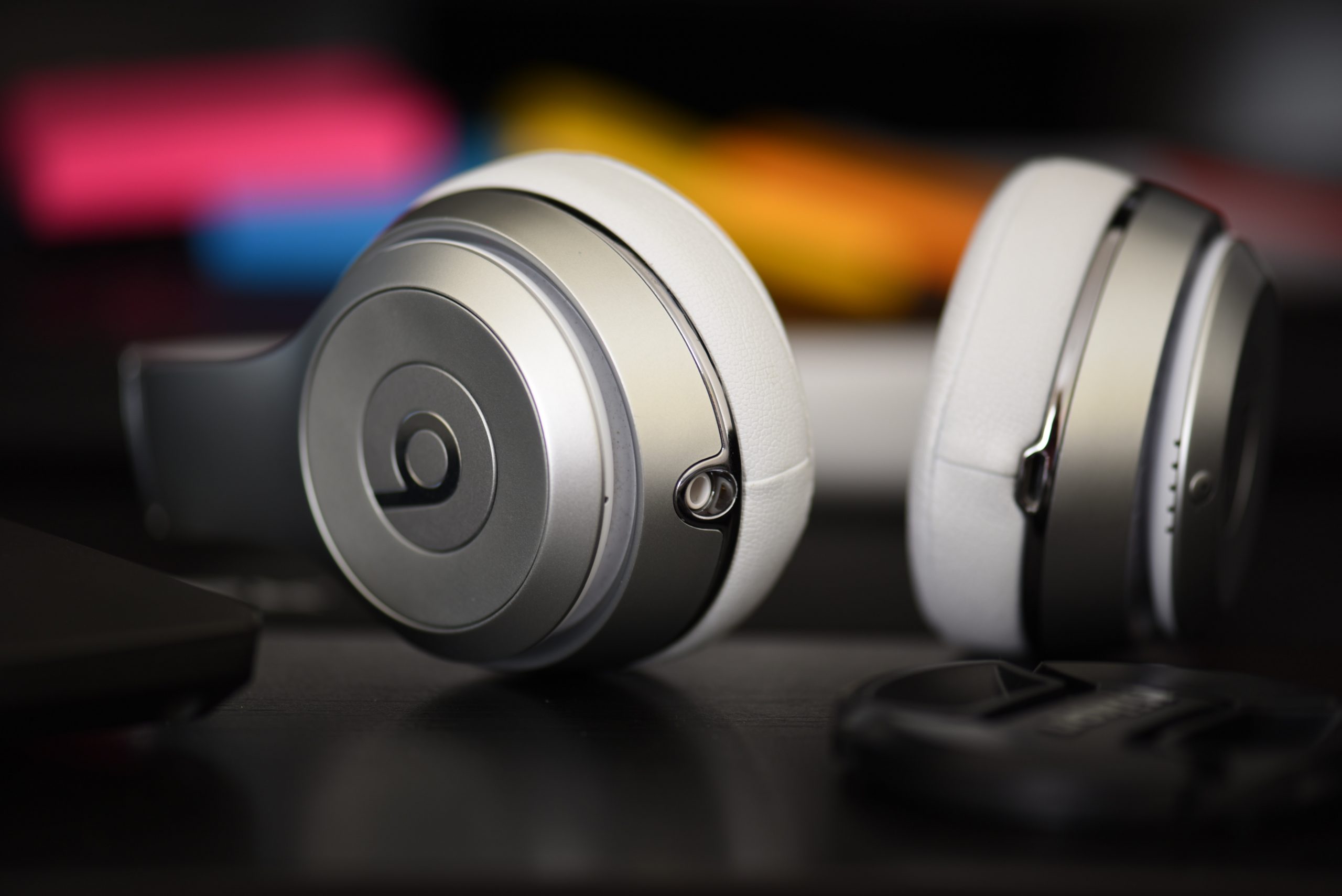Introduction
Laptop users know the frustration of the fan running all the time. Even when you’re not using it! This usually happens when data is being transferred or when applications are running, needing more processing power. This can wear out your system components such as the hard drive and cooling fan faster.
Fortunately, you can fix this problem! To reduce the noise from your laptop fan, identify what is causing it and do something about it. In this guide, we’ll share some of the most helpful ways to fix a noisy laptop fan that’s always running:
Check the Air Vents
Your laptop fan is always running? Time to investigate the air vents! It could be that your laptop is too hot and needs cooling. Look for blockages or dust around the air vents. If you spot any, use a can of compressed air to clean it out carefully.
Clean the air vents
Is your laptop fan always running? It might be because the air vents are blocked or clogged! Dust and other debris can build up in the vents and prevent air from flowing. To keep your laptop running smoothly, clean out the air vents every so often.
To clean out your vents:
- Shut your computer down and unplug it.
- Flip it over and look for any openings (air vents) that may have dust or dirt.
- Gently clean those areas with a soft bristled brush or compressed air canister.
- Carefully turn your laptop over, plug it back into a power source, and restart it. That should take care of the continuous fan running problem!
Check if the fan is blocked
Check if the fan area’s blocked. If something’s blocking air vents, your laptop fan will work harder and run all the time, even when you’re not doing much.
- See if curtains or cushions are near the laptop.
- Look carefully at the rear fan outlet. Make sure nothing like hair strands or dust particles is blocking it.
- Blow out any dust near the laptop’s air vents using compressed air.
Check the Power Settings
Power settings could cause a laptop fan running constantly. Review how to adjust them and fix the issue:
- Check your power settings.
- Understand how they work.
- Make adjustments, if needed.
Adjust the power settings
If your laptop fan is making a lot of noise and running constantly, the likely cause is your laptop working harder than usual. This could be caused by programs running in the background, or your power setting. To fix this, adjust your power setting.
Go to Control Panel > Hardware and Sound > Power Options. Select “Change plan settings” next to the active power plan. From the “Edit Plan Settings” window, click on “Change advanced power settings link“. In the “Advanced Settings for System Cooling Policy” window, make sure both On battery and Plugged in modes are set to passive. Click Apply and OK when done.
You should also consider reconfiguring any applications or programs that require more resources. They can put extra load on your system and cause it to run hotter, needing more cooling from the fan and using more battery life.
Check the laptop temperature
Your laptop fan may be running constantly due to high system temperatures. It’s designed to cool your laptop components and stop them from overheating. Check the temperature of your components with free monitoring software like Core Temp, HW Monitor or SpeedFan. The ideal temperature should be between 75-90 degrees Celsius during heavy usage and 50-70 degrees Celsius when idle.
To reduce the temperature, try changing the power settings in Windows. Disable features like Sleep Mode or automatic screen dimming. You may also need to replace thermal paste between the CPU/GPU and heat sink. If this doesn’t help, you may need extra cooling from a laptop cooler pad or external fan.
Check the Fan
A laptop fan constantly running could be caused by a build-up of dust and dirt. To fix the issue, check the fan. Is it spinning faster due to the resistance in the airflow? If so, assess the fan. Do you need to clean or replace it?
This section will discuss how to do that:
Clean the fan
To fix your laptop fan always running, clean the fan. Overheating is a cause and can be solved by cleaning the fan parts.
- Start with using an air canister to blow dust and debris from the vent.
- You can also use a vacuum cleaner with a soft brush, but be careful not to damage any electric components.
- Unscrew and remove the fan blades, turn off your laptop, remove any attached battery or power cables. Clean away any dirt with compressed air or a soft brush. Replace screws securely before turning the laptop on again.
- Check power settings. Make sure it isn’t running at high speed all the time. Change the settings so it reduces speed when idle and only increases when demand is higher. This saves energy and reduces heat.
Replace the fan
If the manufacturer’s warranty doesn’t cover it, you can replace the fan yourself. Get the right tools and components first. Read reviews of replacement fans and parts, and ask technical support for help.
To replace a laptop fan:
- Switch off the laptop and remove the battery.
- Unscrew any screws that hold the fan in place, then remove it.
- Put the new fan in the same spot, and secure with screws if needed.
- Plug in any cables or wires connected to the old fan, ensuring all connections are safe but not too tight.
- Put the battery back, turn on the laptop and check if the fan is running normally, no more constant noise or spinning blades.
Check the BIOS Settings
If yer laptop fan is always on, the first thing to do is check the BIOS. Access it by pressin’ a specific key as soon as ya boot yer laptop. Usually F1, F2 or Delete. Make sure the fan setting is set to “Automatic” so it can adjust itself. If the fan is still spinnin’ all the time, somethin’ serious might be wrong.
Let’s look at some other solutions:
Update the BIOS settings
Updating your laptop’s BIOS settings can help you adjust fan speed for cooler operation. You must first identify the current version number, which can be found in the System Information window or device manager.
Depending on the BIOS manufacturer, you may need to get a specific update from their website.
Restart or power up your laptop to bring up a prompt for the setup utility. The Advanced Chipset Features section gives access to features like CPU/GPU temperature monitoring and fan control setup options. These include min/max operational levels, PWM control modes and other parameters with unique settings.
Be aware: this should only be attempted by experienced users. Research parameters before changing and proceed with caution!
Check for any fan-related settings
To diagnose a noisy or loud laptop fan issue, check the BIOS settings. Open the BIOS and look for fan-related settings. Change the “auto” option from “on” to “off” to see if it reduces noise. Some laptops have advanced options for fan speeds, temperature control, and CPU throttling. Adjust these too.
Check the Power Management settings in the BIOS. Adjust the battery/power usage of your laptop and look for firmware updates. New updates may address bugs that cause fans and other components to run on full speed. Install new updates and restart your laptop. This may reduce the noise coming from your laptop fan and improve system performance.
Conclusion
If your laptop fan is running constantly, or making loud noises when idle, you may need to take action. Hardware replacements and cleaning might help, but the issue could be with your processor or software settings. It’s essential to adjust your cooling settings and tackle any overheating issues.
To figure out the source of the problem, start by checking for updates on any applications and drivers that could be causing your laptop fan to run. If software changes don’t work, clean the fan blades and vents. You could also try adjusting temperature thresholds or replacing physical components like fan blades. However, be careful when attempting a repair, as placing too much stress on your laptop could cause further damage.
Frequently Asked Questions
Q1: What causes a laptop fan to always be on?
A1: The most common reason for a laptop fan to always be on is that the laptop is overheating. This can be caused by dust and dirt buildup in the laptop’s vents, as well as a faulty cooling system or inadequate airflow.
Q2: How do I fix my laptop fan always on?
A2: If your laptop fan is always on, you can try cleaning the vents to remove dust and dirt buildup, as well as checking the cooling system and ensuring adequate airflow. If these steps don’t fix the problem, you may need to replace the fan or get a professional repair.
Q3: Can I replace my laptop fan myself?
A3: Replacing a laptop fan is a complex process and should only be attempted by experienced technicians. We recommend that you take your laptop to a professional repair shop if you need to replace the fan.
{ “@context”: “https://schema.org”, “@type”: “FAQPage”, “mainEntity”: [{ “@type”: “Question”, “name”: “What causes a laptop fan to always be on?”, “acceptedAnswer”: { “@type”: “Answer”, “text”: “The most common reason for a laptop fan to always be on is that the laptop is overheating. This can be caused by dust and dirt buildup in the laptop’s vents, as well as a faulty cooling system or inadequate airflow.” } }, { “@type”: “Question”, “name”: “How do I fix my laptop fan always on?”, “acceptedAnswer”: { “@type”: “Answer”, “text”: “If your laptop fan is always on, you can try cleaning the vents to remove dust and dirt buildup, as well as checking the cooling system and ensuring adequate airflow. If these steps don’t fix the problem, you may need to replace the fan or get a professional repair.” } }, { “@type”: “Question”, “name”: “Can I replace my laptop fan myself?”, “acceptedAnswer”: { “@type”: “Answer”, “text”: “Replacing a laptop fan is a complex process and should only be attempted by experienced technicians. We recommend that you take your laptop to a professional repair shop if you need to replace the fan.” } }]}







